Filter News
Area of Research
- Advanced Manufacturing (5)
- Biology and Environment (28)
- Building Technologies (2)
- Computer Science (2)
- Electricity and Smart Grid (1)
- Energy Science (67)
- Energy Sciences (1)
- Functional Materials for Energy (1)
- Fusion and Fission (4)
- Fusion Energy (1)
- Materials (12)
- Materials for Computing (4)
- National Security (2)
- Neutron Science (3)
- Nuclear Science and Technology (1)
- Quantum information Science (1)
- Supercomputing (8)
News Topics
- (-) Fossil Energy (8)
- 3-D Printing/Advanced Manufacturing (142)
- Advanced Reactors (40)
- Artificial Intelligence (124)
- Big Data (77)
- Bioenergy (107)
- Biology (123)
- Biomedical (72)
- Biotechnology (35)
- Buildings (73)
- Chemical Sciences (84)
- Clean Water (32)
- Composites (33)
- Computer Science (223)
- Coronavirus (48)
- Critical Materials (29)
- Cybersecurity (35)
- Education (5)
- Element Discovery (1)
- Emergency (4)
- Energy Storage (114)
- Environment (217)
- Exascale Computing (64)
- Frontier (62)
- Fusion (65)
- Grid (73)
- High-Performance Computing (128)
- Hydropower (12)
- Irradiation (3)
- Isotopes (62)
- ITER (9)
- Machine Learning (66)
- Materials (156)
- Materials Science (155)
- Mathematics (12)
- Mercury (12)
- Microelectronics (4)
- Microscopy (56)
- Molten Salt (10)
- Nanotechnology (62)
- National Security (85)
- Neutron Science (169)
- Nuclear Energy (121)
- Partnerships (66)
- Physics (68)
- Polymers (34)
- Quantum Computing (51)
- Quantum Science (87)
- Security (30)
- Simulation (64)
- Software (1)
- Space Exploration (26)
- Statistics (4)
- Summit (70)
- Transportation (102)
Media Contacts

During his first visit to Oak Ridge National Laboratory, Energy Secretary Chris Wright compared the urgency of the Lab’s World War II beginnings to today’s global race to lead in artificial intelligence, calling for a “Manhattan Project 2.”

ORNL researchers created and tested two methods for transforming coal into the scarce mineral graphite, which is used in batteries for electric vehicles.

The Department of Energy’s Office of Electricity, in partnership with ORNL, has launched an experimental platform for energy sector-related data with enhanced emphasis on governance and usability.

The Advanced Plant Phenotyping Laboratory at ORNL utilizes robotics, multi-modal imaging, and AI to enhance understanding of plant genetics and interactions with microbes. It aims to connect genes to traits for advancements in bioenergy, agriculture, and climate resilience. Senior scientist Larry York highlights the lab's capabilities and the insights from a new digital underground imaging system to improve biomass feedstocks for bioenergy and carbon storage.

A new Global Biomass Resource Assessment developed by ORNL scientists gathered data from 55 countries resulting in a first-of-its kind compilation of current and future sustainable biomass supply estimates around the world.
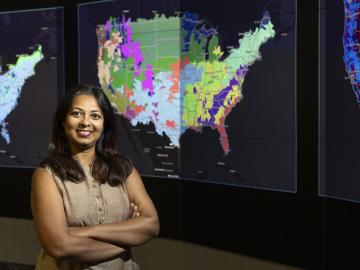
Debjani Singh, a senior scientist at ORNL, leads the HydroSource project, which enhances hydropower research by making water data more accessible and useful. With a background in water resources, data science, and earth science, Singh applies innovative tools like AI to advance research. Her career, shaped by her early exposure to science in India, focuses on bridging research with practical applications.
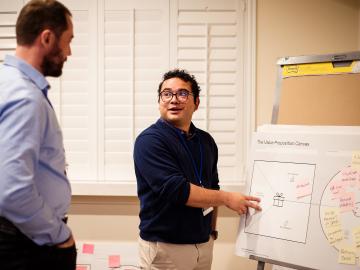
Two ORNL teams recently completed Cohort 18 of Energy I-Corps, an immersive two-month training program where the scientists define their technology’s value propositions, conduct stakeholder discovery interviews and develop viable market pathways.
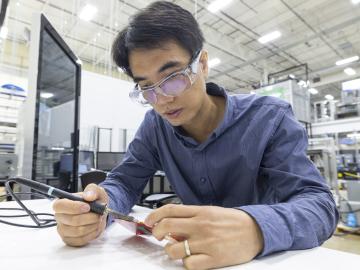
Researchers at the Department of Energy’s Oak Ridge National Laboratory and partner institutions have launched a project to develop an innovative suite of tools that will employ machine learning algorithms for more effective cybersecurity analysis of the U.S. power grid.
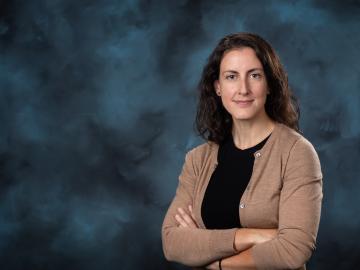
Researcher Rocio Uria-Martinez was named one of four “Women with Hydro Vision” at this year’s HYDROVISION International 2024 conference taking place in Denver this week. Awarded by a committee of industry peers, the honor recognizes women who use their unique talents and vision to improve and advance the worldwide hydropower industry.
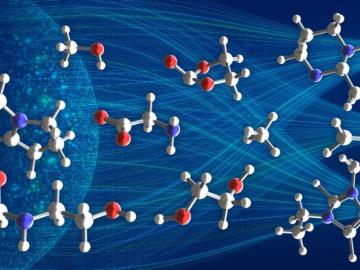
Oak Ridge National Laboratory scientists have developed a method leveraging artificial intelligence to accelerate the identification of environmentally friendly solvents for industrial carbon capture, biomass processing, rechargeable batteries and other applications.


